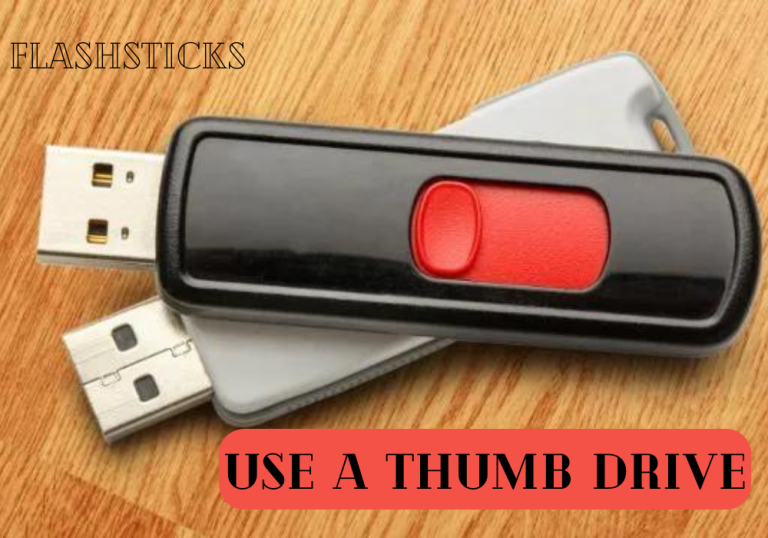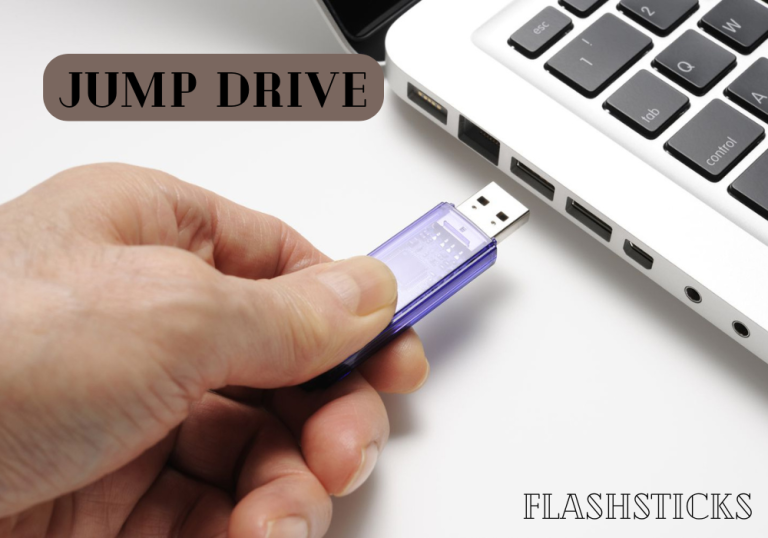When was USB invented?
In the modern age of technology, USB (Universal Serial Bus) has become an essential part of our daily lives. From charging smartphones to transferring data between devices, USB has revolutionized how we connect and interact with technology. But when was USB invented, and how did it become so ubiquitous? In this article, we’ll delve into the history of the USB, its benefits, and its evolution.
The Birth of USB
What Led to the Invention of USB?
Before the advent of USB, connecting peripherals to computers was a complex and often frustrating process. Different devices required different types of ports and connectors, which led to a tangled mess of cables. The need for a standardized interface became apparent as personal computers continued to grow in popularity during the 1980s and early 1990s.
Important Milestones in USB Development
| Year | Event |
|---|---|
| 1994 | Development consortium formed by IBM, Intel, Microsoft, and others. |
| 1995 | USB 1.0 specification released. |
| 1996 | First USB products appear on the market. |
| 1998 | USB becomes a standard feature in most PCs and laptops. |
Evolution of USB Technology
USB Versions and Improvements
| Version | Year | Data Transfer Rate |
|---|---|---|
| USB 1.0 | 1996 | 1.5 Mbps to 12 Mbps |
| USB 2.0 | 2000 | 480 Mbps |
| USB 3.0 | 2008 | 5 Gbps |
| USB 3.1 | 2013 | 10 Gbps |
| USB 3.2 | 2017 | 20 Gbps |
| USB4 | 2019 | 40 Gbps |
Benefits of USB
- Simplicity: USB provides a straightforward way to connect a plethora of devices using a single universal interface.
- High Speed: Over the years, USB data transfer speeds have increased exponentially, enabling quick and efficient data exchange.
- Power Supply: USB cables can supply power, which is essential for charging devices like smartphones, tablets, and other gadgets.
- Hot Swapping: USB devices can be connected and disconnected without the need to restart the computer, offering a seamless plug-and-play experience.
- Cost Efficiency: Universal adoption of USB technology helps reduce costs for manufacturers and consumers alike.
Practical Tips for Using USB
- Use Quality Cables: Always use certified and high-quality USB cables to ensure optimal performance and safety.
- Update Drivers: Keep your USB drivers up to date to avoid potential issues and ensure compatibility with new devices.
- Secure Connections: Ensure that the USB connections are secure and not loose to prevent data corruption.
- Be Mindful of Power Requirements: Some devices draw more power than others; ensure your USB ports can handle the load.
- Safely Eject Devices: Always safely eject USB drives to avoid data loss or corruption.
Interesting Facts About USB
- The concept of USB was conceived to simplify the connection of peripherals to personal computers by using one standard interface.
- USB connectors are designed to be durable, with a lifespan of about 1,500 cycles of insertion and removal.
- USB cables have multiple wires inside to handle both data transfer and power supply needs.
- USB Flash Drives revolutionized data storage by offering a robust, portable solution with much larger storage capacities than floppy disks.
- USB technology has seen widespread adoption across a variety of domains, including computing, automotive, and telecommunications.
Conclusion
understanding when USB was invented and its subsequent evolution provides valuable insight into one of the most pivotal technologies of the modern age. The development of USB technology has significantly simplified the way we connect, power, and transfer data between devices. Its widespread adoption is a testament to its functionality, reliability, and efficiency. As we look forward to future developments, USB continues to be a foundational technology shaping the landscape of digital connectivity.







